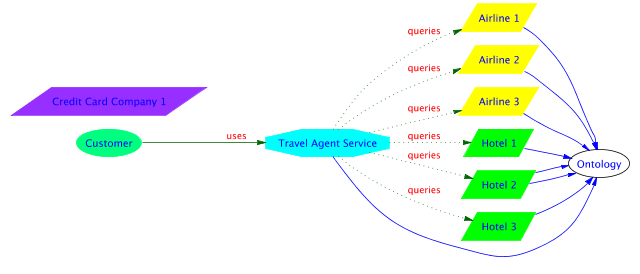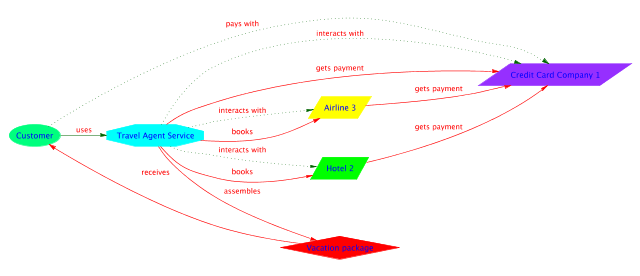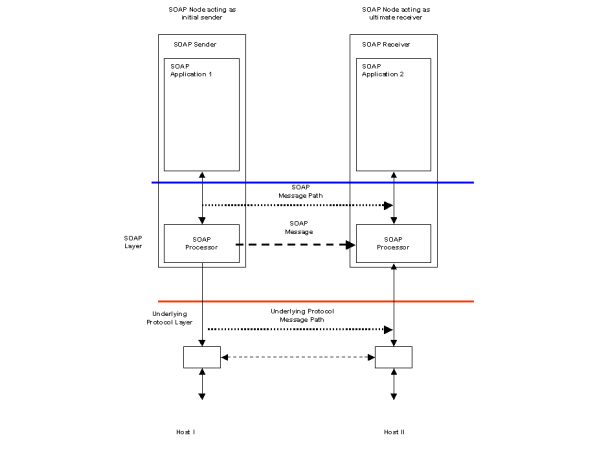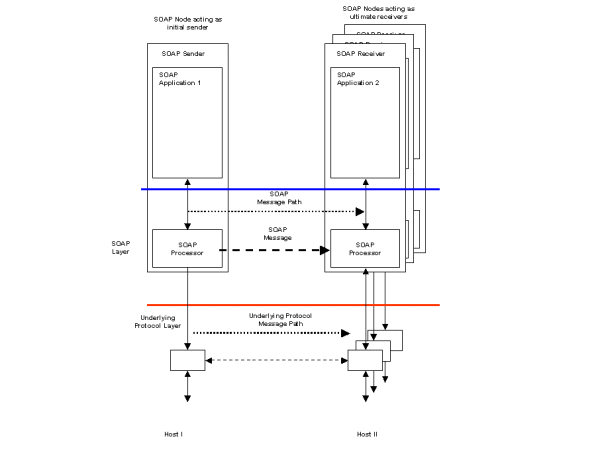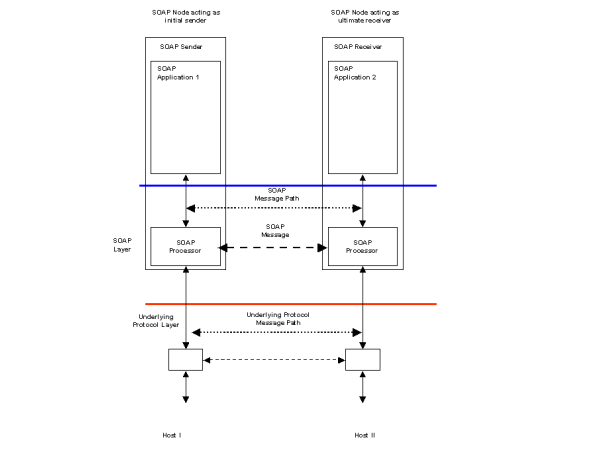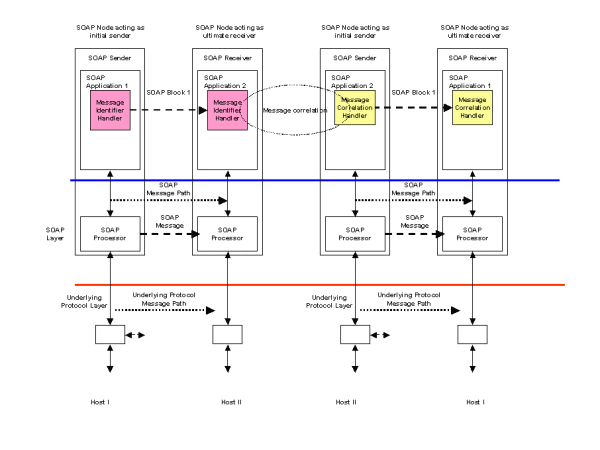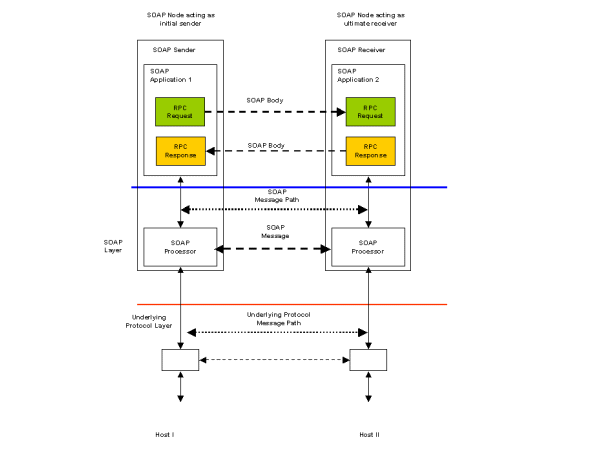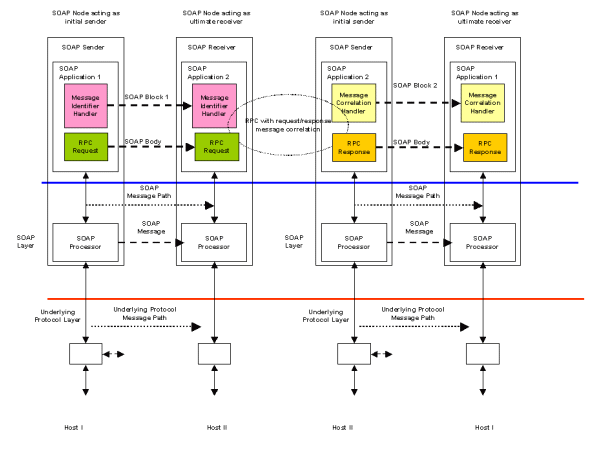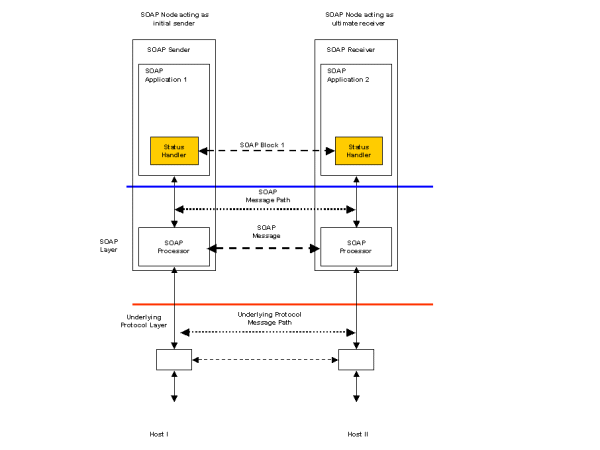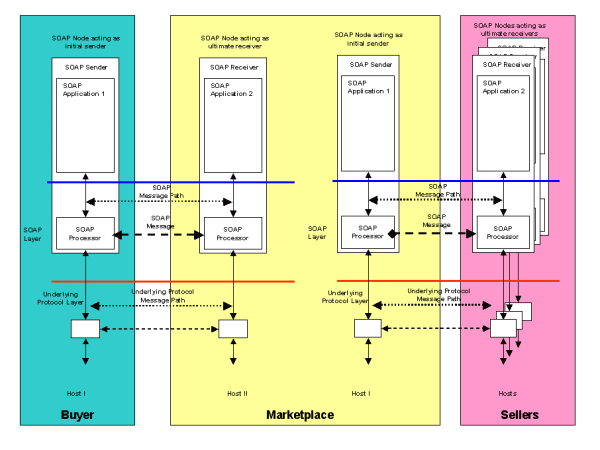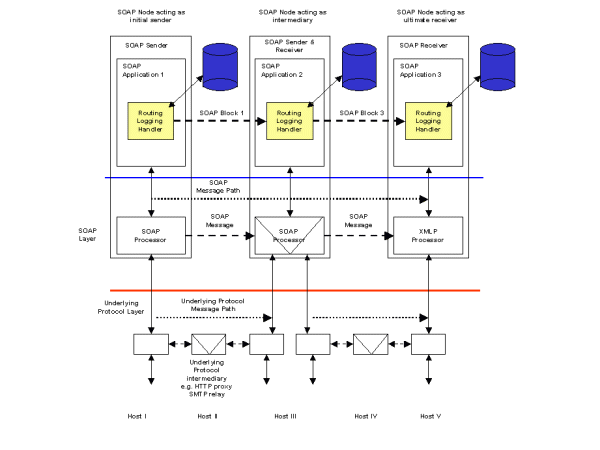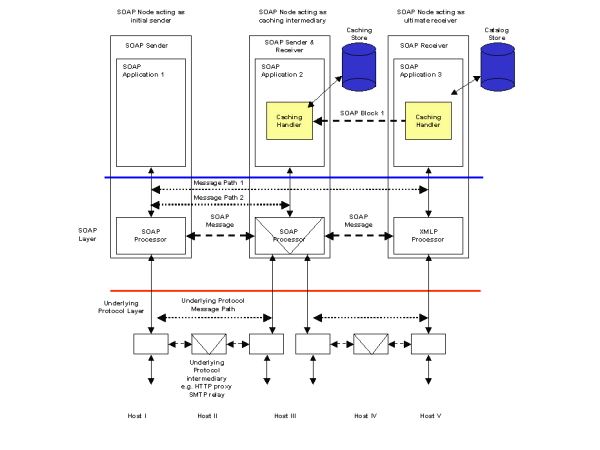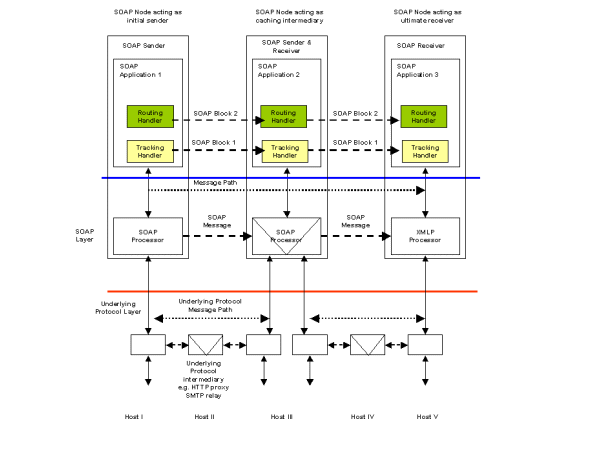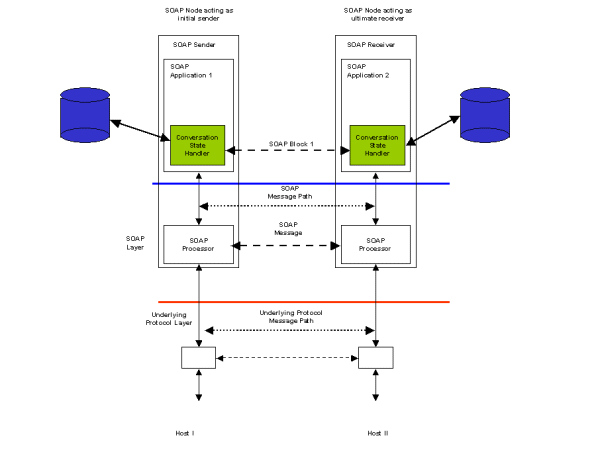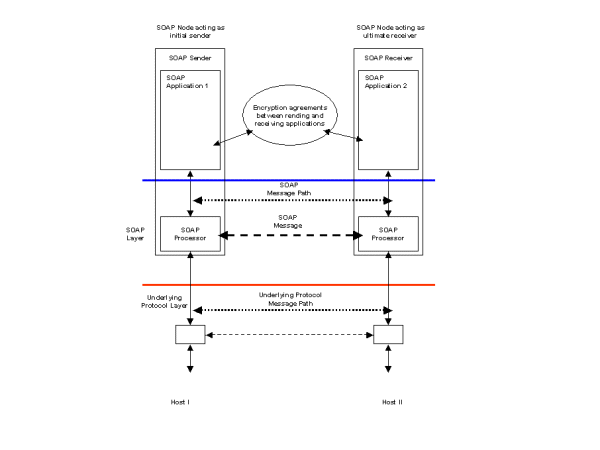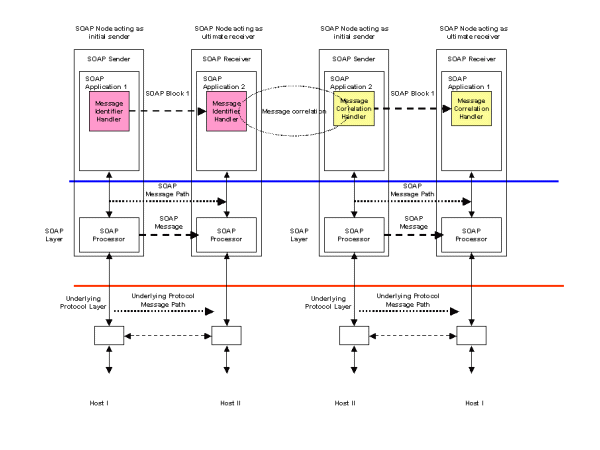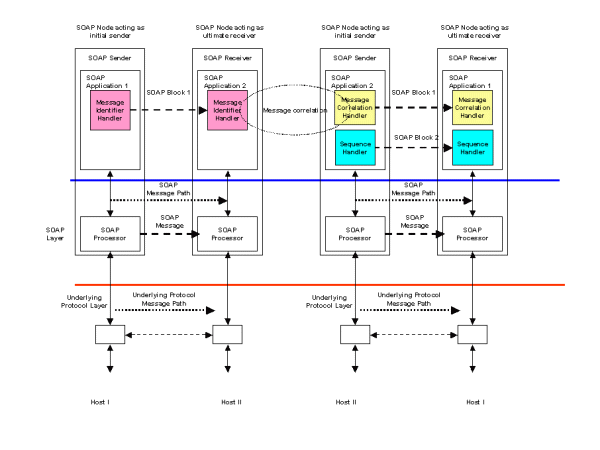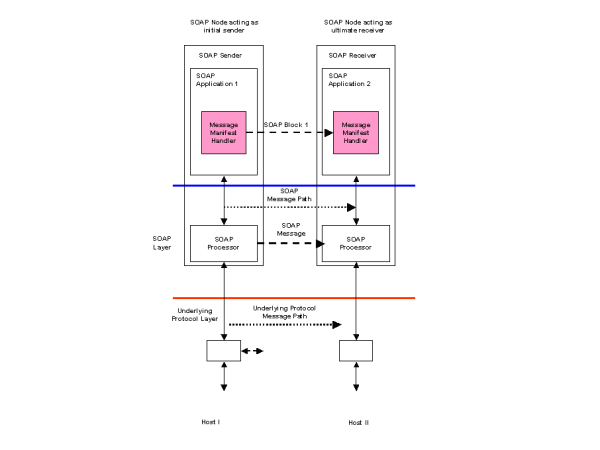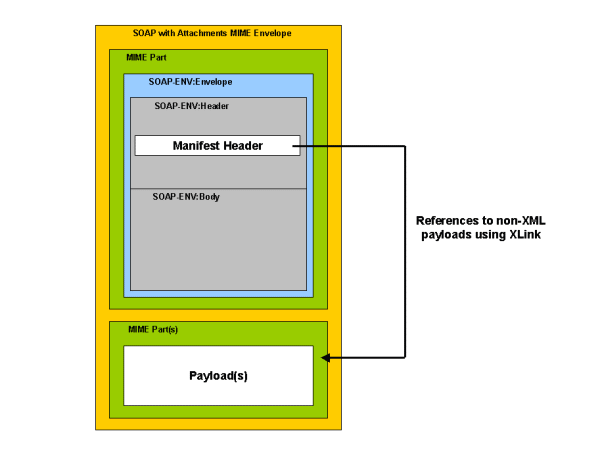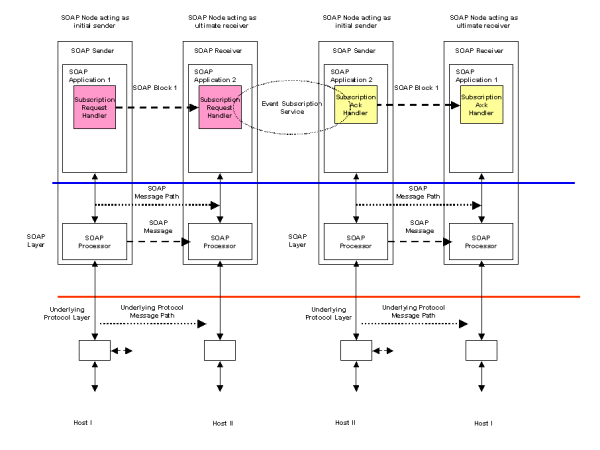A Acknowledgments (Non-Normative)
A large part of this document was excerpted from the XML
Protocol Usage Scenarios[XMLP US], edited by John
Ibbotson.
The editors would like to thank Roger Cutler for (EDI use case), Yin-Leng Husband for (S602), and Bill Donoghoe for reviewing this document.
Members of the Working Group are (at the time of writing, and in alphabetical order): Geoff Arnold (Sun Microsystems, Inc.), Mukund Balasubramanian (Infravio, Inc.), Mike Ballantyne (EDS), Abbie Barbir (Nortel Networks), David Booth (W3C), Mike Brumbelow (Apple), Doug Bunting (Sun Microsystems, Inc.), Greg Carpenter (Nokia), Tom Carroll (W. W. Grainger, Inc.), Alex Cheng (Ipedo), Michael Champion (Software AG), Martin Chapman (Oracle Corporation), Ugo Corda (SeeBeyond Technology Corporation), Roger Cutler (ChevronTexaco), Jonathan Dale (Fujitsu), Suresh Damodaran (Sterling Commerce(SBC)), James Davenport (MITRE Corporation), Paul Denning (MITRE Corporation), Gerald Edgar (The Boeing Company), Shishir Garg (France Telecom), Hugo Haas (W3C), Hao He (The Thomson Corporation), Dave Hollander (Contivo), Yin-Leng Husband (Hewlett-Packard Company), Mario Jeckle (DaimlerChrysler Research and Technology), Heather Kreger (IBM), Sandeep Kumar (Cisco Systems Inc), Hal Lockhart (OASIS), Michael Mahan (Nokia), Francis McCabe (Fujitsu), Michael Mealling (VeriSign, Inc.), Jeff Mischkinsky (Oracle Corporation), Eric Newcomer (IONA), Mark Nottingham (BEA Systems), David Orchard (BEA Systems), Bijan Parsia (MIND Lab), Adinarayana Sakala (IONA), Waqar Sadiq (EDS), Igor Sedukhin (Computer Associates), Hans-Peter Steiert (DaimlerChrysler Research and Technology), Katia Sycara (Carnegie Mellon University), Bryan Thompson (Hicks & Associates, Inc.), Sinisa Zimek (SAP).
Previous members of the Working Group were: Assaf Arkin (Intalio, Inc.), Daniel Austin (W. W. Grainger, Inc.), Mark Baker (Idokorro Mobile, Inc. / Planetfred, Inc.), Tom Bradford (XQRL, Inc.), Allen Brown (Microsoft Corporation), Dipto Chakravarty (Artesia Technologies), Jun Chen (MartSoft Corp.), Alan Davies (SeeBeyond Technology Corporation), Glen Daniels (Macromedia), Ayse Dilber (AT&T), Zulah Eckert (Hewlett-Packard Company), Colleen Evans (Sonic Software), Chris Ferris (IBM), Daniela Florescu (XQRL Inc.), Sharad Garg (Intel), Mark Hapner (Sun Microsystems, Inc.), Joseph Hui (Exodus/Digital Island), Michael Hui (Computer Associates), Nigel Hutchison (Software AG), Marcel Jemio (DISA), Mark Jones (AT&T), Timothy Jones (CrossWeave, Inc.), Tom Jordahl (Macromedia), Jim Knutson (IBM), Steve Lind (AT&T), Mark Little (Arjuna), Bob Lojek (Intalio, Inc.), Anne Thomas Manes (Systinet), Jens Meinkoehn (T-Nova Deutsche Telekom Innovationsgesellschaft), Nilo Mitra (Ericsson), Don Mullen (TIBCO Software, Inc.), Himagiri Mukkamala (Sybase, Inc.), Joel Munter (Intel), Henrik Frystyk Nielsen (Microsoft Corporation), Duane Nickull (XML Global Technologies), David Noor (Rogue Wave Software), Srinivas Pandrangi (Ipedo), Kevin Perkins (Compaq), Mark Potts (Talking Blocks, Inc.), Fabio Riccardi (XQRL, Inc.), Don Robertson (Documentum), Darran Rolls (Waveset Technologies, Inc.), Krishna Sankar (Cisco Systems Inc), Jim Shur (Rogue Wave Software), Patrick Thompson (Rogue Wave Software), Steve Vinoski (IONA), Scott Vorthmann (TIBCO Software, Inc.), Jim Webber (Arjuna), Prasad Yendluri (webMethods, Inc.), Jin Yu (MartSoft Corp.) .

